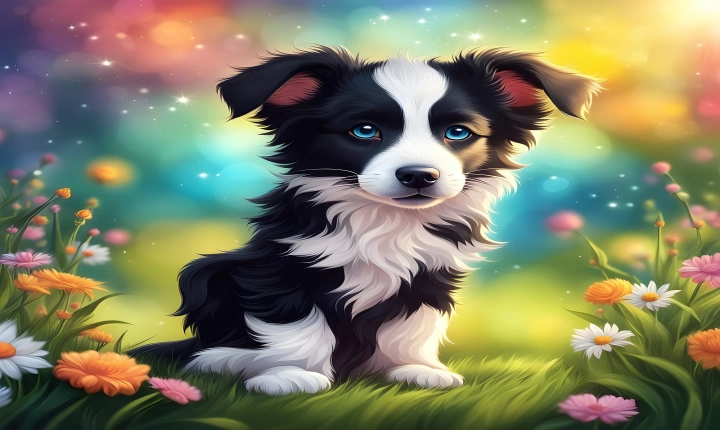Can AI Unblur Photos?
With advancements in artificial intelligence (AI) and image processing technology, we are now able to accomplish tasks that were once thought to be impossible. One such impressive feat is the ability to unblur photos using AI algorithms. The question is, how effective is this technology, and can it truly restore a blurry photo to its original quality?
The concept of unblurring a photo with AI involves using complex mathematical algorithms to analyze and enhance the details within an image. By understanding the patterns and structures within the blurry photo, AI systems can attempt to reconstruct the sharpness and clarity to make the image more visually appealing.
Several software companies and research institutions have developed AI-powered tools that claim to unblur photos, offering the potential to salvage otherwise unusable images. These tools utilize machine learning models to learn from datasets of high-quality images and their corresponding blurry versions. Through this training process, the AI algorithms can learn to identify common patterns and features in blurry images and apply enhancements to improve the overall quality.
While these AI-powered tools have shown promising results in unblurring photos, it’s important to manage expectations. The level of improvement that can be achieved depends on the severity and type of blur present in the image. Simple motion blur, caused by camera shake or movement, may be more easily corrected by AI algorithms, whereas complex blur resulting from out-of-focus conditions or low-resolution images may present more significant challenges.
Furthermore, it’s crucial to recognize that unblurring a photo with AI is not a miraculous solution that can restore a severely degraded image to perfection. There are limitations to what AI algorithms can achieve, and ultimately, the quality of the original image will heavily influence the success of the unblurring process.
In addition to the technical considerations, ethical and privacy implications also surround the use of AI-based photo unblurring tools. As with any technology that can manipulate images, there is potential for misuse, such as enhancing images for malicious purposes or infringing on an individual’s privacy. It’s crucial for users and developers to exercise responsibility and consider the ethical implications of utilizing such tools.
In conclusion, the ability of AI to unblur photos is a remarkable advancement in the realm of image processing. While these AI-powered tools have the potential to enhance the quality of blurry images, it’s important to approach them with realistic expectations. The technology is not a magic fix for all blurry photos, and its effectiveness depends on various factors including the type of blur and the original quality of the image. Moreover, ethical considerations should be taken into account when utilizing AI-based photo unblurring tools.
As AI technologies continue to evolve, we can expect further refinements in the ability to unblur photos, potentially making it an increasingly valuable tool for photographers, forensic analysts, and researchers. However, it’s essential to approach these advancements with a critical eye and an awareness of both the capabilities and limitations of AI in image processing.
